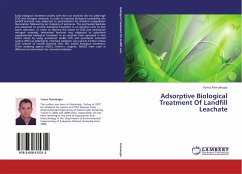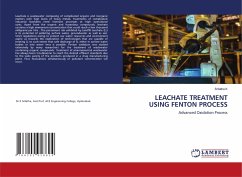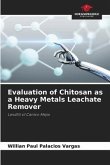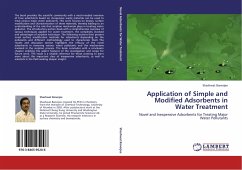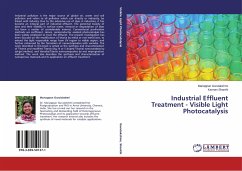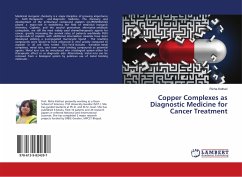Early biological treatment studies with the raw leachate did not yield high COD and nitrogen removals. In order to improve biological treatability, the landfill leachate was subjected to pretreatment by chemical coagulation-flocculation followed by air stripping of ammonia. The pretreated leachate was subjected to aerobic biological treatment in an aeration tank by fed-batch operation. In order to improve the extent of COD and ammonium nitrogen removals, pretreated leachate was subjected to adsorbent supplemented biological treatment in an aeration tank operated in fed-batch mode by using powdered zeolite (PZ) and powdered activated carbon (PAC) as adsorbents. Chemical oxidation was used to further reduce COD content of landfill leachate after PAC added biological treatment. Three oxidizing agents (H2O2, Fenton s reagent, NaOCl) were used in different concentrations for chemical oxidation.
Bitte wählen Sie Ihr Anliegen aus.
Rechnungen
Retourenschein anfordern
Bestellstatus
Storno

